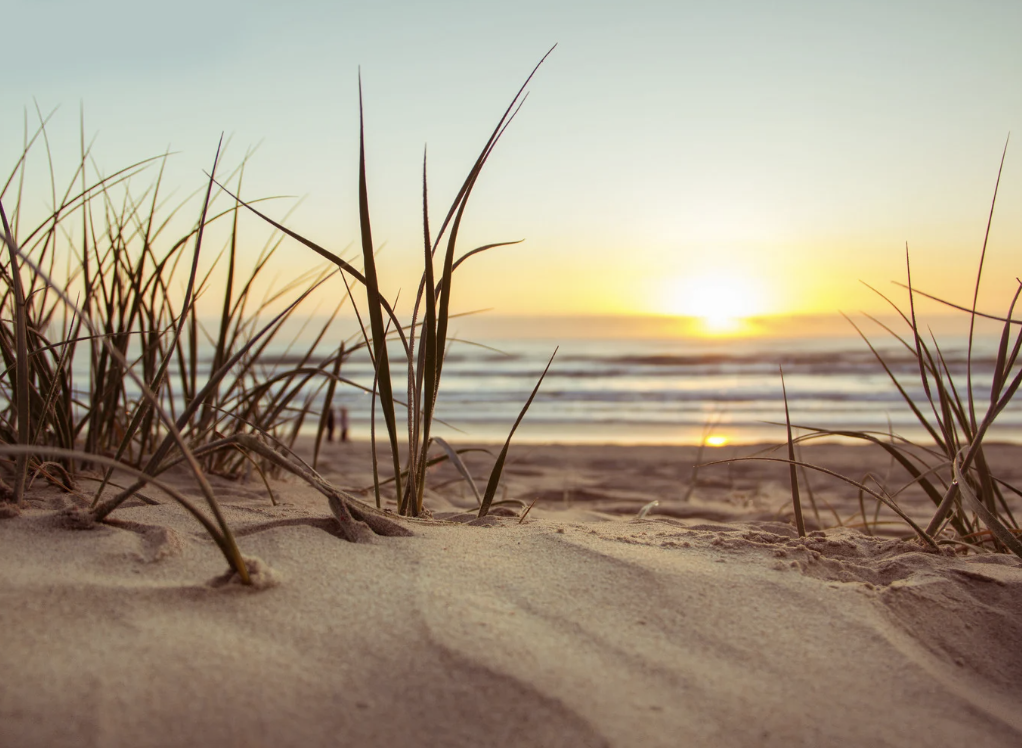In a new publication, IRIS affiliate and coastal engineer Matt Bilskie joins authors from around the world to further the cause of nature-based solutions for coastal ecosystems.
Nature-based solutions (NbS) are designed to provide infrastructure services by leveraging ecological processes that protect people and ecosystems while building resilience. In coastal systems, this includes a wide range of projects to provide coastal protection, such as living shorelines or restoring dune systems– tools that utilize natural materials and processes while also fortifying shores and providing habitat.
Coastal NbS have been highlighted as an emerging field of methods and tools to fight natural hazards such as stronger hurricanes, shoreline erosion and sea level rise, while providing additional environmental, economic and social benefits (or “co-benefits”).
Following a session on coastal NbS at the 27th meeting of the Coastal and Estuarine Research Federation in November 2023, the team of authors was inspired to collaborate on a “Blueprint to Greener Shorelines,” offering direction and specific questions for research on coastal resilience-building.
The paper is broken into three suggested research foci to promote NbS implementation: effectiveness, sustainability and widespread adoption. The authors offer their reasoning and recommended key questions for each:
Effective implementation: Research is needed to ensure that NbS projects are put in place in a way that provides benefits and meets goals in a way that preserves the benefits they aim to provide. Research questions the authors suggest included:
- How do novel materials compare to conventional ones?
- What are the tradeoffs between solutions that prioritize one benefit, like coastal protection, over another, such as habitat creation?
- How do various benefits develop over time following different project types?
Sustainable implementation: An important consideration for any infrastructure is how long-lasting it can be, and the same goes for NbS and other new types of solutions. Suggested research questions included:
- What are the barriers to potential benefits being provided?
- What are the best practices for projects to cope with unforeseen threats and hazards?
- How do we determine when NbS are not the right solution?
Widespread implementation: Finally, the goal of the wider field of NbS is to change how we plan infrastructure, making the world stronger through the co-benefits that working with nature can provide. This means that work must be done to make implementation easier for future project managers. The authors suggest a few final research questions focused on the delivery of solutions in addition to benefits:
- How do we improve knowledge communication and learning between groups?
- How do we best develop training materials, guidelines and other support documents for projects?
- How do we appropriately assess the value of a project’s ecological, risk management, and other co-benefits to adequately assess them as solutions?
These priority focal areas are meant to drive green development research–work that IRIS scientists and engineers like Dr. Bilskie are already hard at work on. Learn more about our research for a resilient future here.
Check out the paper here: A Blueprint to Greener Shorelines: Advancing the Effectiveness, Sustainability, and Widespread Adoption of Coastal Nature‑Based Solutions Through Transdisciplinary Research


